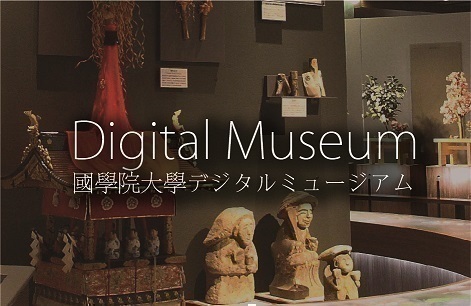- トップ
- Encyclopedia of Shinto
- Ōharae
Encyclopedia of Shinto
| Main Menu: | |
| Links: |
詳細表示 (Complete Article)
| カテゴリー1: | 5. Rites and Festivals |
|---|---|
| カテゴリー2: | State Rites |
| Title | Ōharae |
| Text | A rite performed in the ancient and medieval periods. Its purpose was to ward off disaster by cleansing oneself of sins and pollution (kegare) accumulated unknowingly. The Jingiryō outlines two forms of ōharae. The first is the customary biannual rite performed on the last day of the sixth and twelfth months by the emperor, all his officials, and members of their families. The second is the ad hoc rite performed whenever necessary in the various provinces. Ōharae was also performed on an ad hoc basis at court when someone became ritually unclean or unwittingly committed some kind of offense, as well as on special religious occasions such as the Daijōsai, or the plastromantic divination (bokujō) and pre-departure purifications (gunkō) of an itsuki no miko (an unmarried prince/princess) leaving the capital for the Ise or Kamo Shrines. In other ōharae observances, someone who had committed an offense against the kami had to make an offering in penitence. The mainstream theory holds that regularly celebrated ōharae rites originated at the end of the seventh century. Thereafter, the rite continued through the fifteenth century, undergoing significant changes with each revision of the ritsuryō system during the eighth century. As practiced during the Edo period, the rite had a different character and form from those it had possessed in medieval times. Its old form was revived in part during the Meiji period. Although there seems to be a tendency to confuse the ōharae carried out in the sixth month with the Minazuki-barae occurring around the same time, the two are performed at court as separate rites. — Namiki Kazuko |




